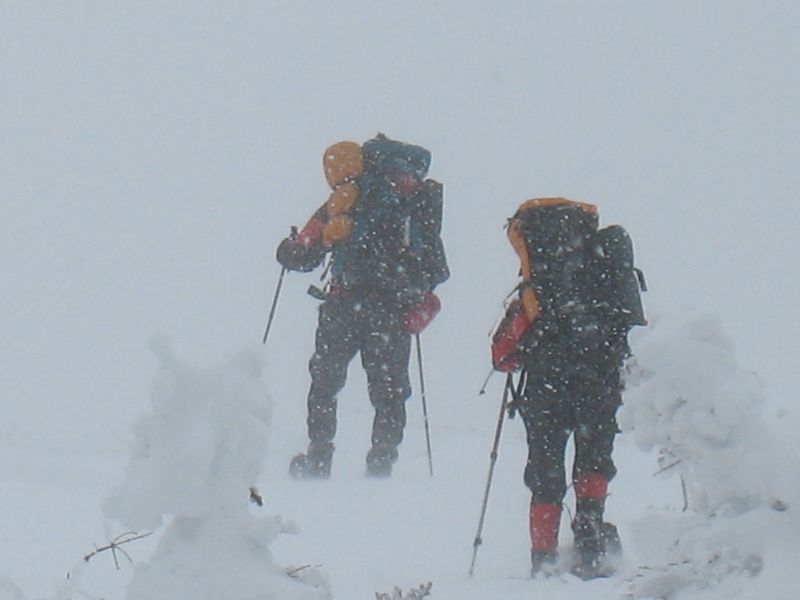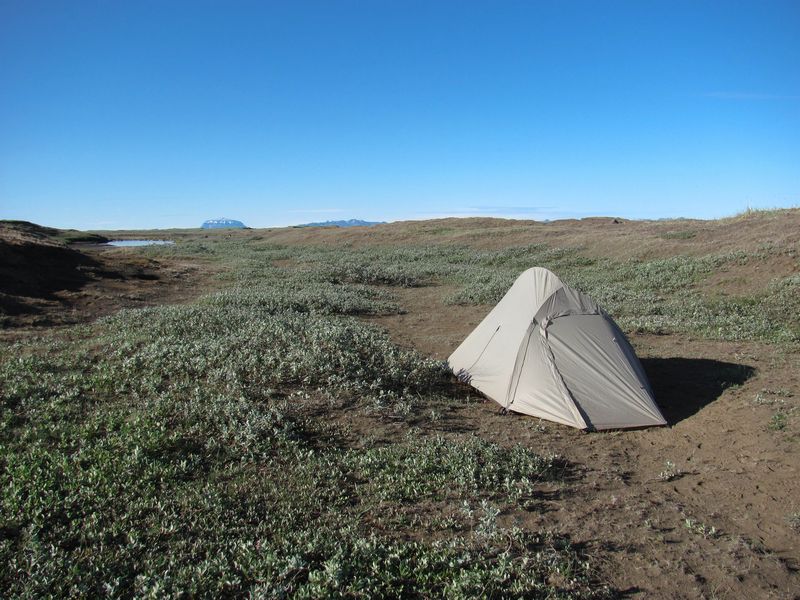On multi-day trips the rate of progress—and therefore the location of each night’s campsite—is not always predictable. Maybe you just realized you’re not actually Ueli Steck, or the weather is rough and conditions sketchy. Darkness looms and you’re getting sleepy. Continuing at times like these increases the risk of accident or injury, or potential of getting lost. Your best option may be to camp on the nearest patch of flat ground, hoping you don’t get discovered. There can be many reasons to camp secretly outside of established camping areas, and while some of these are arguably emergencies, others are a matter of personal preference. In addition to experiencing fatigue, injury or nightfall, it may be that you value solitude or privacy, are on a tight budget, or official camp sites just don’t exist in the area.
Some refer to this as “clandestine”, “commando” or “free” camping. These labels aren’t ideal though, as they imply that camping secretly is illegal, or done only because it’s free. Rather, the real goal is to camp undetected—so no one knows you’re there; the reasons for doing that will vary. As a result, this kind of camping is best referred to as “stealth camping”.
Stealth camping is actually pretty easy to do, once you know why certain things are noticed and others aren’t. When search and rescue professionals look for people lost in the wilderness, they search for clues that stand out from their surroundings because of a contrast in colour or shape, movement, light, or sound. These contrasts draw the attention not just of searchers, but of all human observers. Stealth camping works because the combined use of physical obstructions and stealthy behaviour helps you to avoid these contrasts and blend in with your environment.
Your first strategy is to select the right site. Avoid ecologically or historically sensitive sites, as well as private land. Don’t ignore the rather inconvenient risk of being charged with trespassing. Maps and satellite photos may reveal some possibilities, but mostly it will come down to your personal observations when you get there. Look for terrain that is suitable to hide you; your presence will be obvious if you set up in an open area, or next to a tourist migration route. Your second strategy is to behave discretely so you don’t draw attention to yourself. Take steps to minimize movement, light, sounds and smells. Hiding your tent isn’t going to cut it if you strut around in fluorescent Gore-Tex, squawking on your iPhone like a bird of paradise.
Stealth camping techniques cannot guarantee that you won’t be disturbed, but they will increase your chances of remaining undetected and getting some rest. To help you master these skills, click on the link below for our detailed guide to stealth camping. Based on extensive research and a decade of successful practice, this free guide will tell you how to select a site, how to act discretely, and what to do if discovered. Extra sections provide tips specific to paddling, car camping, and bike touring. This guide is printer-friendly so you can bring it on your next outing.



